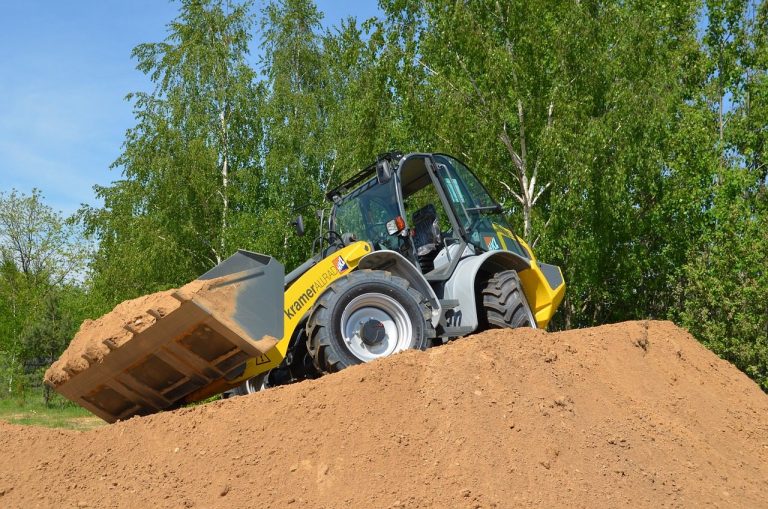
About Bio Stormwater Management
Biodetention ponds, also known as bioinfiltration or bioretention ponds, are innovative stormwater management systems designed to mimic natural processes and mitigate the impacts of urban development on water quality. These ponds are designed to capture and treat stormwater runoff from impervious surfaces such as roads, parking lots, and rooftops, reducing the volume and pollutant loads before they reach water bodies.
The concept behind biodetention ponds is relatively simple yet highly effective. They are designed to incorporate various vegetation, soils, and engineered components to slow down stormwater runoff and allow it to infiltrate into the ground gradually. The pond typically consists of a shallow depression with an engineered soil mixture, vegetation, and an underdrain system.
The main function of biodetention ponds is to promote the natural treatment of stormwater runoff. As the runoff enters the pond, it is detained temporarily, allowing sediments and pollutants to settle. The vegetative cover and the engineered soil mixture aid in the filtration and biological breakdown of pollutants through processes like filtration, absorption, and microbial activity. These ponds effectively remove pollutants such as heavy metals, nutrients, sediments, and hydrocarbons from the stormwater, improving water quality downstream.
One of the key components of biodetention ponds is the engineered soil mixture. It consists of a layered system with different types of soil and organic matter, including sand, compost, and mulch. This composition enhances water infiltration, encourages plant growth, and provides a habitat for beneficial microorganisms. The vegetation in the pond, including grasses, shrubs, and trees, helps to stabilize the soil, increase evapotranspiration, and enhance pollutant removal.
Biodetention ponds are designed with consideration of the volume and intensity of rainfall in a particular area. They are sized to capture and treat a specified amount of stormwater runoff, ensuring that the pond is not overwhelmed during heavy rainfall events. The underdrain system in the pond helps to control the water level, preventing ponding and ensuring proper drainage.
These ponds offer several environmental benefits. By treating stormwater runoff, they protect downstream water bodies from excessive sedimentation, nutrient enrichment, and the introduction of harmful pollutants. Biodetention ponds also promote groundwater recharge by allowing water to infiltrate into the soil, replenishing aquifers and maintaining base flow in streams. Additionally, they can provide aesthetic value, wildlife habitat, and recreational opportunities when integrated into urban green spaces.
The use of biodetention ponds has gained popularity in recent years due to their effectiveness and compatibility with low-impact development principles. They are often integrated into urban planning and landscape design to meet stormwater management regulations and promote sustainable development practices. Municipalities, developers, and landowners recognize the importance of implementing stormwater management strategies that reduce the impacts of urbanization on water resources.
In conclusion, biodetention ponds play a vital role in managing stormwater runoff and protecting water quality in urban areas. Through their design and incorporation of vegetation and engineered soil mixtures, these ponds effectively treat and reduce the pollutant loads carried by stormwater. By mimicking natural processes, biodetention ponds provide an innovative and sustainable solution to the challenges of urban development and its impact on water resources. Their adoption contributes to more environmentally friendly and resilient communities, ensuring the long-term health and sustainability of our ecosystems.

